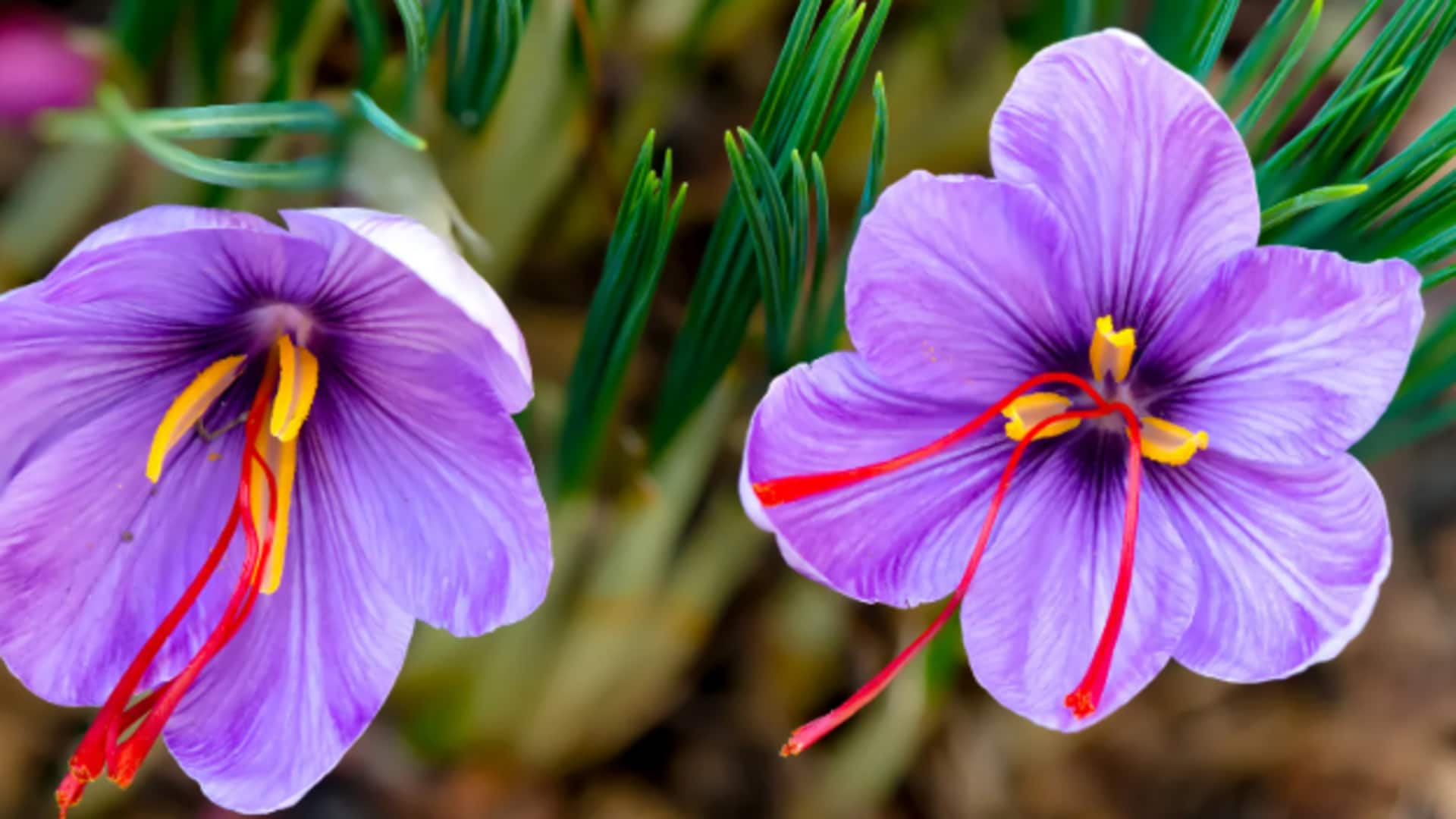
How to grow saffron at home
What's the story
Growing saffron indoors is a rewarding experience, allowing you to cultivate one of the world's most expensive spices at home. Saffron, harvested from the Crocus sativus flower, requires specific conditions to grow. By learning its needs and creating the right environment, you can enjoy fresh saffron threads without depending on store-bought options. This guide provides practical tips to help you start a successful indoor saffron garden.
Container selection
Choosing the right containers
Choosing the right containers is key to successfully growing saffron indoors. Pick pots that are a minimum of six inches deep to provide ample room for the corms to develop. Make sure each pot has drainage holes to avoid water buildup, which can damage the plants. If possible, use terracotta pots. They are porous and excellent for maintaining proper moisture levels.
Soil requirements
Ensuring proper soil conditions
Saffron prefers well-draining soil with a slightly acidic to neutral pH (6-8). A combination of sandy loam and organic compost is ideal. Steer clear of heavy clay soils, which hold too much moisture and can lead to rot. Monitor soil moisture regularly; it should feel slightly dry before you water again.
Light needs
Providing adequate light exposure
Saffron thrives in bright sunlight and requires a minimum of six hours of direct light daily. Place your containers near south-facing windows to ensure maximum sun exposure. If this isn't possible, supplement with grow lights. Adjust lighting during different seasons to maintain consistent exposure. This way, your saffron plants will receive the necessary light for healthy growth and vibrant spice production.
Climate control
Managing temperature and humidity levels
Regulating appropriate temperature and humidity is crucial for successful indoor saffron cultivation. Ideal temperatures range from 15 degrees Celsius (59 degrees Fahrenheit) during dormancy periods up to 21 degrees Celsius (70 degrees Fahrenheit) when actively growing. Maintain humidity levels around 40% by utilizing humidifiers or strategically placing water trays in the vicinity if needed.
Watering practices
Watering techniques for healthy growth
The key to avoiding overwatering or underwatering your saffron lies in understanding their natural growth cycle and applying appropriate watering techniques. During dormancy, water sparingly. However, once shoots emerge in autumn, increase watering until flowering concludes in spring—usually every 10 days, though adjustments may be needed based on temperature and humidity levels within your home.